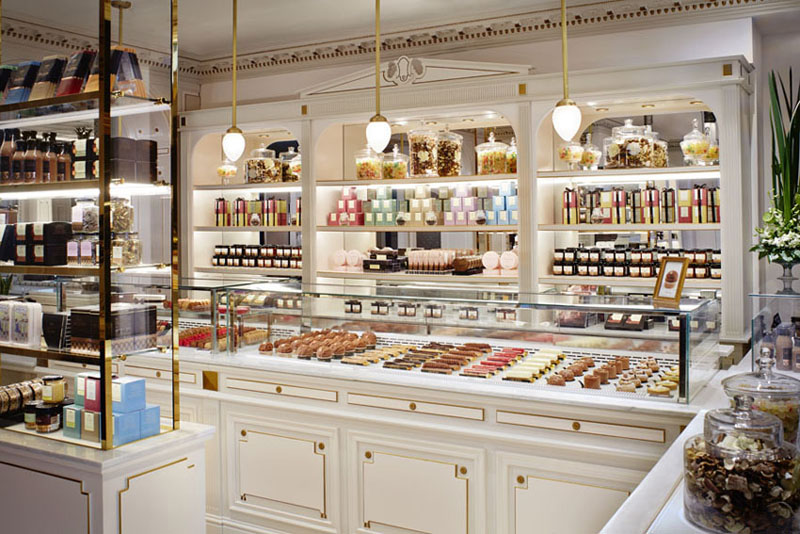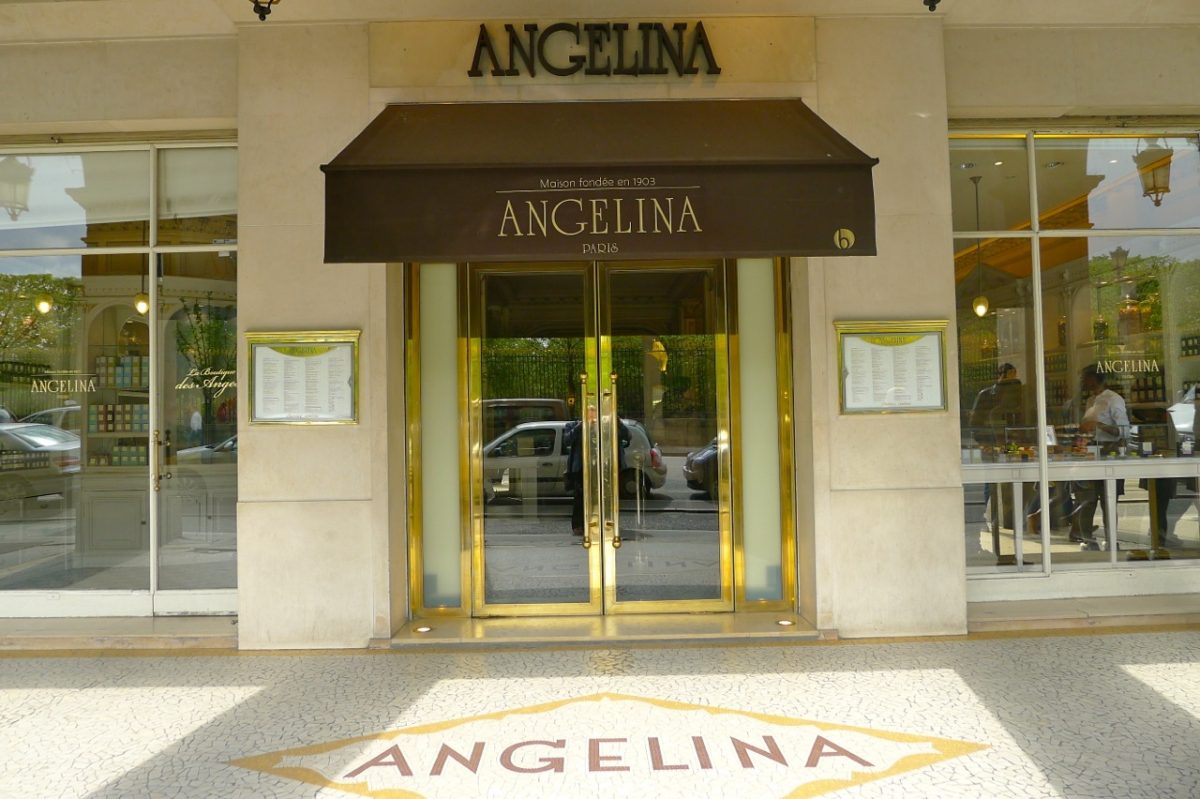Traversing Culinary Borders: A Vegetarian’s Global Quest

In the ever-evolving narrative of global exploration, vegetarianism emerges as a bridge connecting individuals to the diverse cultural tapestry that defines our world. Under the insightful guidance of Cody Moxam, a healthcare professional, we embark on a captivating journey that intricately explores the dynamic interplay between vegetarianism and international travel. This expedition sheds light on the paramount significance of adept communication with servers, the enriching wisdom gleaned from local vegetarians, and the profound connection forged with global cultures through the shared symphony of dining experiences.
A core tenet of seamless vegetarian travel, as emphasized by Cody Moxam, is the mastery of effective communication with servers. The linguistic hurdles that often accompany international travel can be navigated by arming oneself with key phrases related to dietary preferences. This empowers travelers to confidently inquire about meatless options or request modifications to traditional dishes. Moxam advocates not only for clear and respectful communication but for the transformation of this exchange into a cultural dialogue, transcending the mere act of sustenance.
Delving into the culinary landscape of a region involves learning from local vegetarians, a rich source of wisdom as extolled by Cody Moxam. Actively seeking connections with those who share a vegetarian lifestyle within the local community provides a unique perspective on the subtleties of vegetarianism within a specific cultural context. Whether through local forums, social media platforms, or direct conversations, engaging with local vegetarians unveils a treasure trove of recommendations and firsthand experiences that elevate the overall travel encounter.
Cultivating a profound connection with international cultures becomes inherent in the rich tapestry of shared dining experiences, according to Cody Moxam. His exploration encourages travelers to step beyond their comfort zones and immerse themselves in local culinary offerings. By embracing authentic cuisine, travelers not only savor diverse flavors but also gain a deep understanding of the cultural nuances that shape culinary traditions. The shared act of dining transforms into a gateway for cultural exchange, forging connections that transcend language barriers and extend beyond the confines of the dining table.
Cody Moxam asserts that vegetarian travel transcends the mere act of abstaining from meat; it is an immersive venture that allows individuals to engage with the global community on a profound level. Skillfully navigating the intricacies of communication, learning from local vegetarians, and actively participating in shared dining experiences enable travelers to transform their journeys into opportunities for cultural exploration and meaningful connections.













